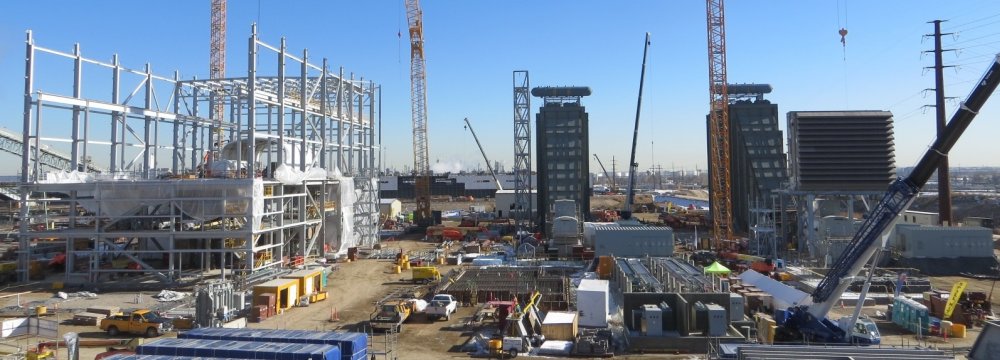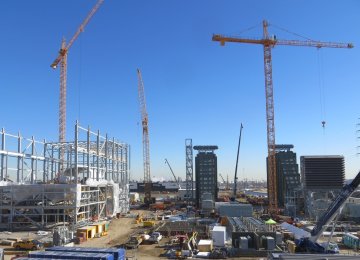The Iranian Offshore Oil Company and SAFF Offshore Industries Company signed an agreement in which the latter has been assigned to undertake the Kharg NGL Plant development project through a public-private partnership (PPP) on build, operate and transfer (BOT) basis.
The deal, worth €800 million ($940 million), was signed by Hamid Bovard, chief executive officer of IOOC, and Jalil Khobreh, the head of the board of directors at SAFF, in Tehran on Sunday, Shana reported.
SAFF has also been tasked with collecting, separating and sweetening associated petroleum gases in Kharg and Bahregan in Forouzan joint field in Bushehr Province in the Persian Gulf. Reportedly, the construction of NGL unit is forecast to be completed in three years. The project is aimed at curbing gas flaring by nearly 17 million cubic meters annually and preventing thousands of tons of emissions from being released into the atmosphere.
Upon the completion of the initiative, SAFF can generate a return on investment via selling propane, butane and pentane, and higher molecular weight hydrocarbons till 2051.
The NGL venture is among an increasing number of initiatives to collect and utilize natural gas burnt off in southern oil and gas fields. Plan to construct the Kharg NGL Plant dates back to nearly a decade, but the venture has made little progress as a result of managerial and financial constraints.
An NGL plant is designed to process gaseous hydrocarbons, including ethane, propane, butane and pentane. When processed and purified into finished byproducts, all of these are collectively referred to as natural gas liquids or NGL.
SAFF operates in oil and gas engineering, management, procurement, construction, transportation, installation, commissioning and startup projects. It owns an offshore yard in Bandar Abbas Special Economic Zone, which is the biggest fabrication yard in Iran. IOOC unveiled plans last year on holding an international tender for the Kharg natural gas liquid project. However, the state oil company finalized the project with a domestic company without relying on foreign investments.
Plans are in place to bring the level of gas flaring in the Persian Gulf oilfields to zero.
Highlighting the importance of zero flaring ventures that ensure zero hydrocarbon discharge into the environment, experts say the flaring of gas contributes to climate change and impacts the environment through emission of carbon dioxide, black carbon and other pollutants. It also wastes a valuable energy resource that could be used to advance sustainable development in producing countries.
According to a World Bank report, thousands of gas flares at oil production sites around the world burn approximately 140 billion cubic meters of natural gas annually, causing more than 300 million tons of carbon dioxide to be emitted into the atmosphere. If this amount of gas is used for power generation, it can provide about 750 billion kilowatts per hour of electricity, or more than the African continent’s current annual electricity consumption.
Government data show Iran burned off as much as 56 million cubic meters of gas per week in 2008, which roughly equal the output of a standard South Pars phase in a day. Flaring has now declined to 5 million cubic meters per week.











Add new comment
Read our comment policy before posting your viewpoints